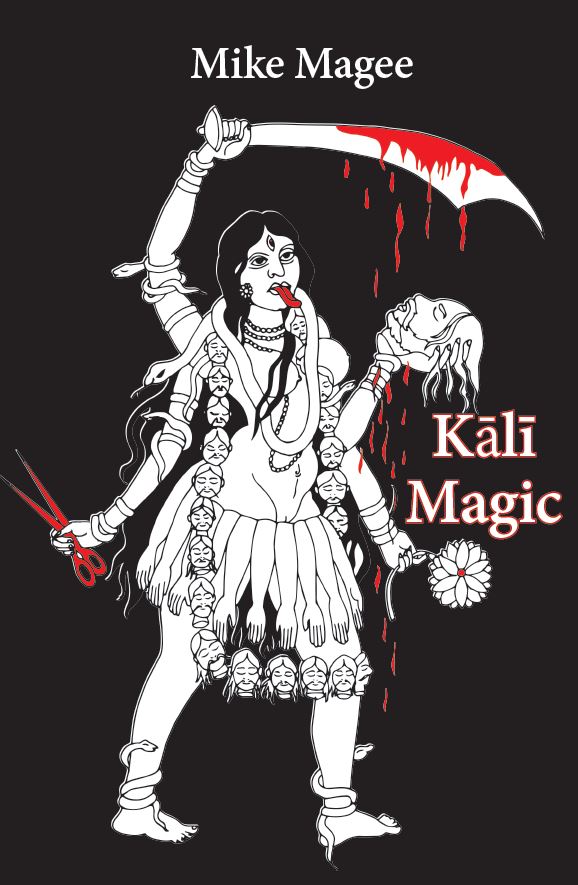Jottings: The Colours of Magic in the Tantras
“In the subjugation, bewitching, and agitation (kṣobha) rites [the deity] should be visualized as red-colored. In rites of subjugation (nirviṣīkaraṇa), pacification, and prosperity increasing rites [the deity] is white. (1.33)
For the immobilization the deity is yellow, in eradication smoky-colored, in bewildering rites color of a cochineal insect [i.e. red like a ladybug], but in the killing rites the deity is black.” (1.34)
Uḍḍiśatantra
I recently listened to Amy Hale give a wonderful lecture on how theories of colour developed in Western Esotericism, I thought it was high time that I had a stab at some notes on the use of colour within the tantric traditions. This is a vast subject, and I’m going to take it slowly.
Continue reading »
